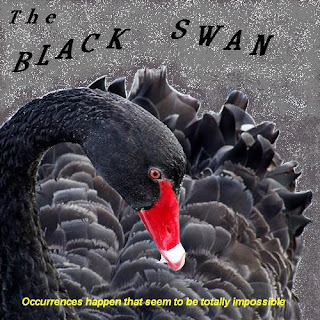I finally took in the Big "O" tournament at Hollywood Park Casino, my first venture into 5 card Omaha. They had a 3/6 Limit cash game running, with a few names on the waiting list. Limit poker is a River game as opposed to No Limit poker which is usually a Flop or even a pre-flop game and Pot Limit poker which is usually a Turn or River game.
It's usually on a Saturday at 3pm. $2,500 Guarantee. $60 Entry Fee and one $60 rebuy/add-on. They need at least 63 players, including rebuys, to meet the guarantee, as only $40 of the entry fee and/or rebuy/add-on goes the prize pool. It's kind of on the fast side with 15 minute blind changes. The $60 entry fee will get you 10,000 in chips and the rebuy/add-on will get you another 15,000 in chips, so it's pretty deep stacked at 250 to 500 Big Blinds (M) depending on if you added-on (rebuy) or didn't. As a limit game, your "M" is discounted from the first hand you play and compounded with 4 blind changes per hour, so if you are an action player, it could cost you 30% of your chips, or more, in the first hour, if you didn't rebuy. Fortunately there are no ante levels, so the Minefield won't start for at least an hour, of course the Minefield Level will be different depending again if you added-on (rebuy) or didn't. The tournament could run about 4 to 5 hours.
With an M of 250 to start, you should reach the Minefield at about Level 8 and that Minefield should end before Level 10, where you will need at least 40.000 in chips to continue.
With an M of 500 to start, you should reach the Minefield at about Level 11 and that Minefield should end by Level 12, and you should be in the bubble level of the tournament.
I came in late, about level 6, about an hour and a half late, so my entry fee, still at $60 + the $60 rebuy, gave me an M of about 41 to start. From the first hand I found out that it's a Omaha 8 or better game, which was OK since my favorite game is Pot Limit Omaha and I occasionally play Omaha 8. With 5 cards to start instead of 4. I wanted to see how the players played and how the action progressed. I luckily didn't have to play any of the first 6 hands, so I got a flavor of the table, which showed it's an action game where 5 of the 8 players usually see the flop and 3 to 4 players go to the river. Not overly loose aggressive until at least the bubble. I made the final table, but it only takes losing a couple of hands to seriously deplete your stack as this is where it gets more aggressive as they attack the small stacks. We all agreed that the 7th and 8th players would at least get their entry plus add-on back, they took it off the top 2 players, so we played on. I ended up in 6th place, where they chopped, which was OK with me, since it was a win/win for me. If I saw the next hand, I would have to go all-in anyway and still been in 6th place or another couple of rungs up the ladder and a higher finish. It was a much more pleasant experience than I expected for my first time playing Big O.
I'll most likely play in more of these tournaments.
I NEVER BLUFF







